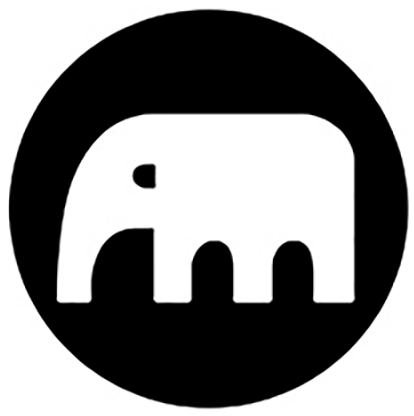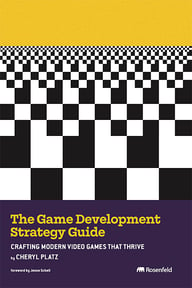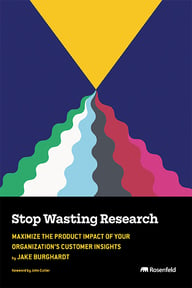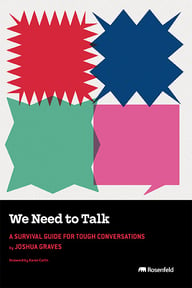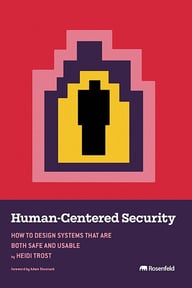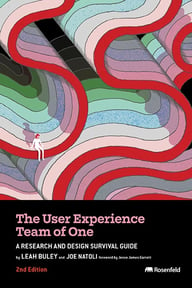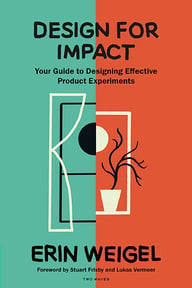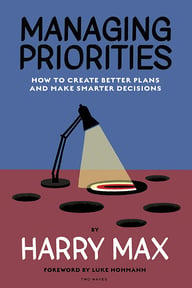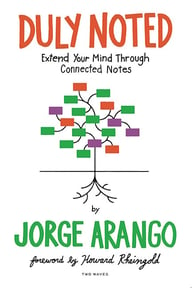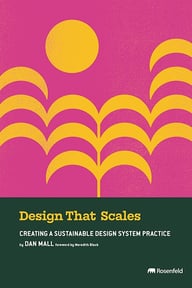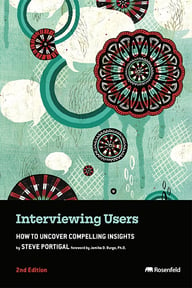Summary
What happens when your design tools can’t keep up? We’ll share how we’ve helped teams scale complex design systems—without buying new tools—by building custom solutions that integrate directly into existing workflows. Learn how a flexible, API-driven approach can streamline operations, adapt to unique challenges, and scale with your needs. Leave with practical strategies for overcoming tool limitations and driving continuous improvement in your DesignOps practice.
Key Insights
-
•
Large B2B enterprise products with dozens of sub-products require robust, scalable design ops practices to maintain consistency.
-
•
Legacy design systems from acquisitions often create messy, bloated Figma files and inconsistent component usage.
-
•
Figma's native variable mode limit of 40 is inadequate for complex needs like multiple devices, themes, and generational differences, requiring innovative workarounds.
-
•
A three-layer variable structure—foundation, themes, and product design system files—enables scalable management of colors, typography, and other primitives.
-
•
Clear documentation and a unified workspace with well-managed access reduce onboarding time and design inefficiencies.
-
•
Neuron’s custom 'variable sync' tool uses Figma’s REST API to push and pull variable data, syncing design tokens directly with Storybook and front-end JSON repositories.
-
•
Batch editing and moving variables without breaking dependencies is critical for efficient rebranding and theme management.
-
•
Managing design systems as federated yet centralized processes with controlled points of change improves coordination between design and engineering leads.
-
•
AI-driven generation of production-ready React components from Figma files, shown in a follow-up session, indicates a maturing bridge between design and code.
-
•
Internal R&D time, as emphasized by Alex Kirche, is essential to develop sustainable design ops processes that work across multiple teams and projects.
Notable Quotes
"It’s often large B2B enterprise products that really warrant the most from some robust design ops practices."
"Even the most mature organizations tend to be on the nascent end of design ops maturity, and that leads to duplicated work and inconsistent user experiences."
"They really needed to take a serious look at their 500 plus variables and get better about their collections."
"Figma natively only allows 40 variable modes, but our client required around 90 different modes to handle age groups and device types."
"The variable sync tool we built is not a commercial product; it’s a utilitarian sync layer to overcome Figma’s limitations and connect design to engineering."
"Changes made in this sync tool migrate to Figma and vice versa, enabling a federated push-pull system managed by design and engineering leads."
"Batch edits allow updating multiple variables at once and moving them between design systems without losing their connection to the foundation file."
"Having a single workspace for the branded house makes it easier for designers not to dip and dive between spaces, reducing complexity."
"Alex has been instrumental in setting the internal standards, and many team members have adopted his approach for consistency."
"Using AI tools like Cursor to create React components from a well-documented Figma file helps close the gap between design and code."
Or choose a question:
















More Videos

"A style guide is an artifact, but a design system is a living, funded product with a roadmap serving an ecosystem."
Craig VillamorResilient Enterprise Design
June 8, 2017

"You have to build relationships with legal and political leadership to figure out what you can actually change."
Louis Rosenfeld Lashanda Hodge Senongo Akpem Chris HodowanecBecoming a Civic Designer: Making the Move from Private to Public Sector
November 17, 2022

"We're at a pivotal moment where technology can truly make a difference in sustainability."
Ash BrownSilver Linings: What DesignOps Learned in the Shift to WFH
October 23, 2020

"Nothing about us without us."
Sam ProulxTo Boldly Go: The New Frontiers of Accessibility
June 10, 2022

"Faith in the black box makes me uneasy; as designers, we must care about what happens behind the scenes."
Cennydd Bowles Dan Rosenberg Lisa WelchmanDay 1 Panel
June 4, 2024

"I am not throwing away your UX."
Ana Maria Montero Barrantes Aditi Dhar Michelle Kaplan Nate Osborne Matt LaurenceThe Authentic UX Talent Show
January 8, 2024

"We gave away the recipe with no fee for entry – immediate value first, then learning the process."
Matt StoneScaling Empathy, A Case Study in Change Management
June 11, 2021

"Maps force people to write down and challenge assumptions, improving transparency and strategy robustness."
Simon WardleyMaps and Topographical Intelligence
January 31, 2019

"That unit there is kind of like a sprint."
Jim KalbachJazz Improvisation as a Model for Team Collaboration
June 4, 2019
Latest Books All books
Dig deeper with the Rosenbot
How can competitive analysis through the customer’s lens reveal unique value propositions?
What strategies can a design team use to scale from impacting a few projects to many more per quarter?
How does the second edition of the service design book address the relationship between service design and digital products?
